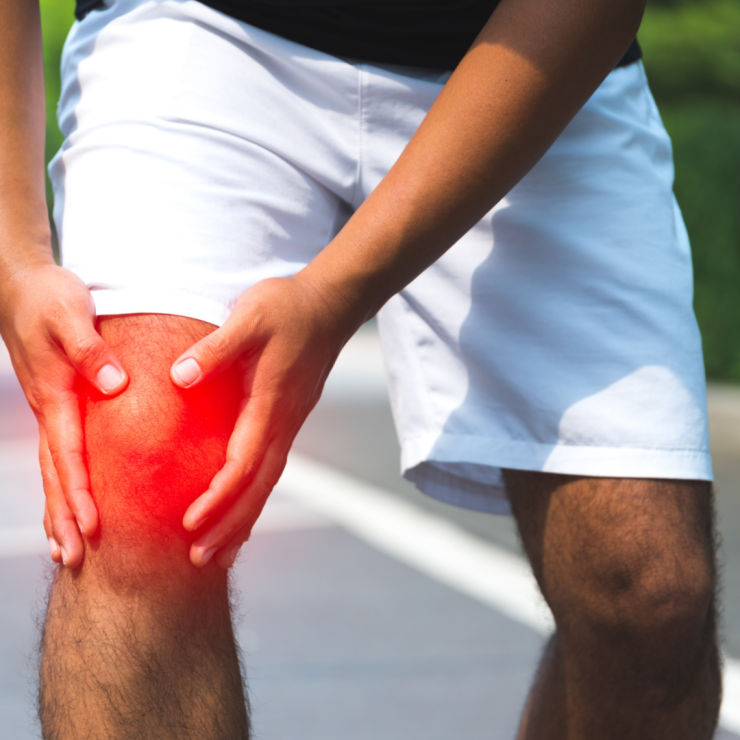The Centers for Advanced Orthopaedics is redefining the way musculoskeletal care is delivered across the region with locations throughout Maryland, DC, Virginia and Pennsylvania.
The Bridge-Enhanced ACL Repair (BEAR) Procedure
Chances are you or someone you know has torn their ACL. It is one of the most frequently injured ligaments in the knee. The anterior cruciate ligament (ACL) is one of the most important structures in the knee providing stability with walking, running, playing sports, and negotiating stairs. ACL reconstruction surgeries have been performed since the early 1900's and have evolved significantly over time. The most common ACL reconstruction options include using a graft from your own tissues of hamstring tendon, patellar tendon, quadriceps tendon, or a cadaver/donor graft. These commonly used procedures involve replacing the torn ligament in your knee with a strong tendon that is attached to both your femur (thigh bone) and tibia (shin bone). The graft is attached by screws used to secure the plugs of bone. The plugs eventually grow into the surrounding bone.(1)

The Bridge-Enhanced ACL Repair (BEAR) is a new method of surgical treatment for a torn ACL. Instead of using a tendon graft, the BEAR procedure involves an implant and the re-growth of your own torn ACL around the implant. The BEAR Implant is designed to hold and protect your blood in the gap between the ACL ends to allow the formation of clot, which is necessary for healing.(3) One of the major differences in the procedures is only one incision is needed for the BEAR procedure as opposed to two incisions needed for graft reconstruction. Another difference is BEAR requires a more conservative and gentle rehabilitation process after surgery to allow your ACL to heal around the implant. On the other hand, utilizing tendon grafts indicates a more aggressive strengthening program early on post-op.
The outcomes of the BEAR procedure are positive, but preferred for people who are older than 18 years old and do not wish to return to high level competitive sports. Traditional graft procedures have been shown to be better for returning to sport with less risk of re-injury. Research on the BEAR procedure is ongoing. Ultimately, talk to your surgeon about what could be best for you. Regardless, physical therapy will be there to help with your recovery process before and after surgery.
References:
- ACL Reconstruction Surgery: Procedure and Recovery | HSS. Hospital for Special Surgery. https://www.hss.edu/condition-list_acl-surgery.asp
- Murray MM, Kalish LA, Fleming BC, et al. Bridge-Enhanced Anterior Cruciate Ligament Repair: Two-Year Results of a First-in-Human Study. Orthopaedic Journal of Sports Medicine. 2019;7(3):232596711882435. doi:https://doi.org/10.1177/2325967118824356
- BEAR® Implant for Patients | ACL Recovery | Miach Orthopaedics. miachortho.com. https://miachortho.com/patients-and-families/bear-implant/